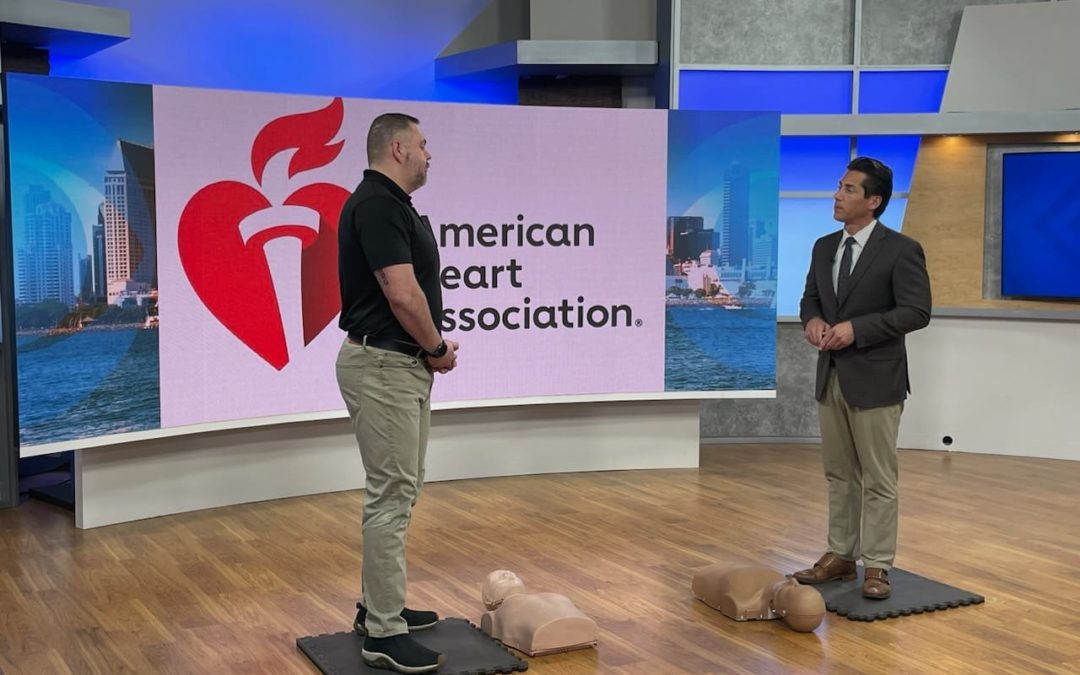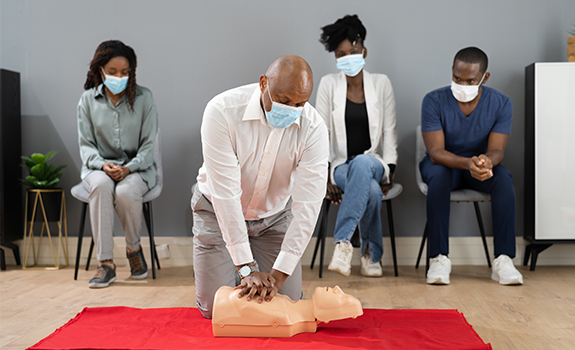Is It Time to Retake Your CPR Class?
If you took a CPR class any time in the last ten years, it’s most likely time to take it again. The methods that you thought you knew have changed – that’s because the guidelines are updated once every five years, which means that they’ve gone through two major revisions in a decade.
Here is everything you need to know about how CPR has changed in the last several years.
Which CPR Guidelines Have Changed?
- Continue CPR until a medical professional arrivesIn the past, CPR was thought to be useless once the patient reached a certain point past the possibility to be revived. However, cases, where a patient recovered after long periods of CPR, caused this rule to be updated.
Today, CPR is encouraged to be administered until a medical professional arrives and can take over the job. Chest compressions keep the blood flowing to a patient’s brain, which can increase their probability of survival no matter how long it’s taking for help to arrive.
- Mouth-to-mouth resuscitation is no longer emphasizedIf you took a CPR class ten years ago, you were likely taught to do chest compressions and how to perform mouth-to-mouth resuscitation. Today, mouth-to-mouth breaths are no longer emphasized, but rather presented as an option. Mouth-to-mouth breathing is considered a personal decision.
While medical professionals and people with advanced certifications still do perform mouth-to-mouth, the American Health Association has deemed it less useful for non-medical professionals to perform the procedure. Chest compressions are more important in keeping the patients alive, so the attention is now focused on teaching this method alone.
- An updated breath-to-compression ratioTen years ago, it was taught that for every two breaths students should administer fifteen compressions. Now, the ratio is taught as two breaths for every 30 compressions, if breaths are used at all. This increases the emphasis on chest compressions and takes it away from breathing – since compressions are what circulate the victim’s blood flow to the brain, it’s what keeps them alive.
- New technique for chest compressionsOld guidelines stipulated that students push about one and a half to two inches for each compression on the victim’s chest. Now, it’s recommended that the student push two inches at least, if not more. The worry that resulted in the previous less vigorous compressions was that the victim’s ribs might break, but now it’s determined that harder compressions could save a victim’s life, even if some of their ribs are broken.
100–120 compressions per minute or more are now recommended to be delivered to a victim, whereas before it was about 100 or less.
- Updated resuscitation stepsOld CPR guidelines dictated that students follow A-B-C steps in the order of clearing the patient’s airway, giving rescue breaths, and then delivering chest compressions. Airway, breaths, compression (A-B-C). Now, there’s essentially just C – but the other steps still apply in a minor way if the student is more versed in CPR and the steps are applicable.
Ready to update your CPR knowledge with these new guidelines? Take a CPR class in
San Diego or
Tustin with Express Training today!




